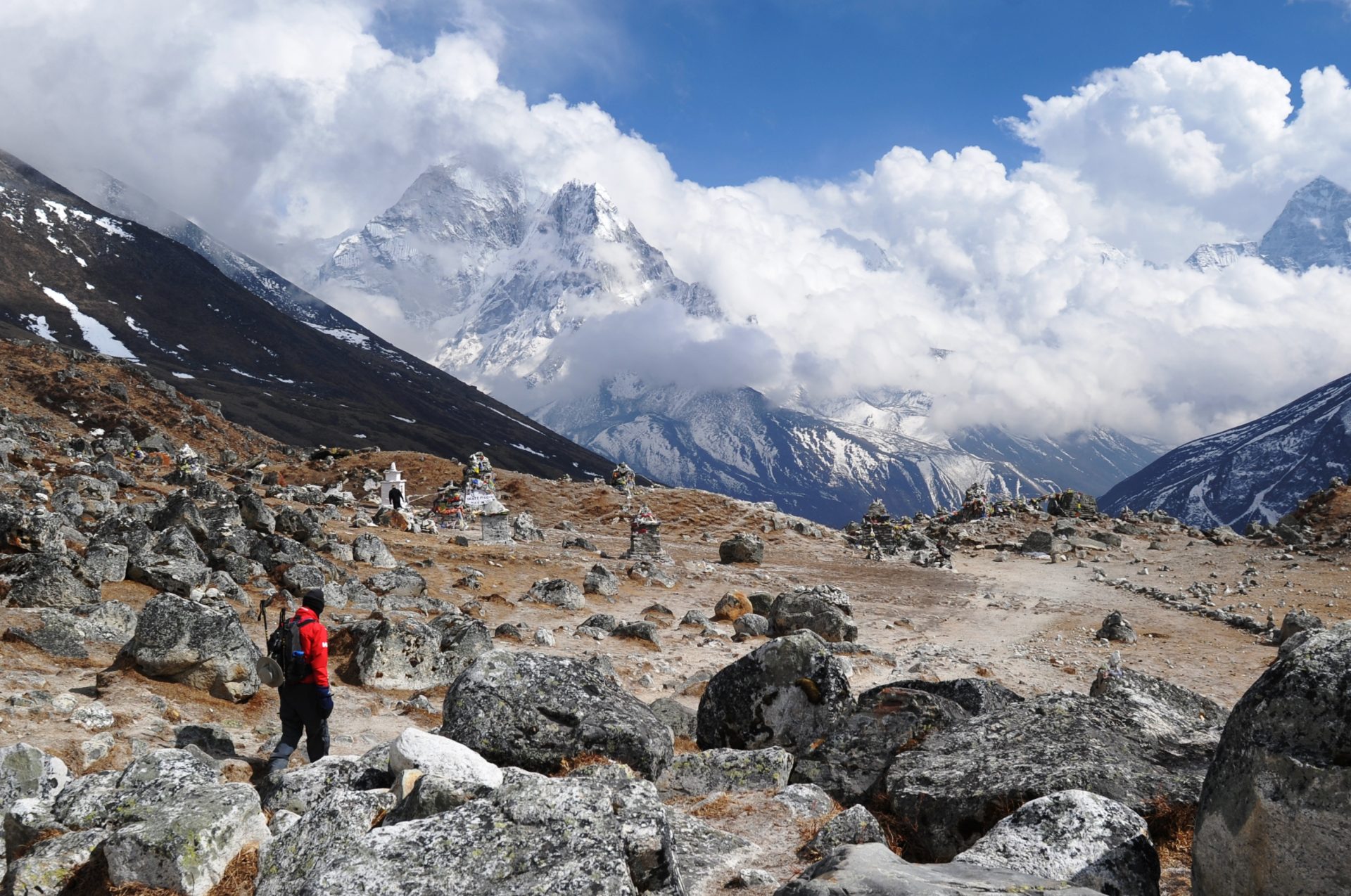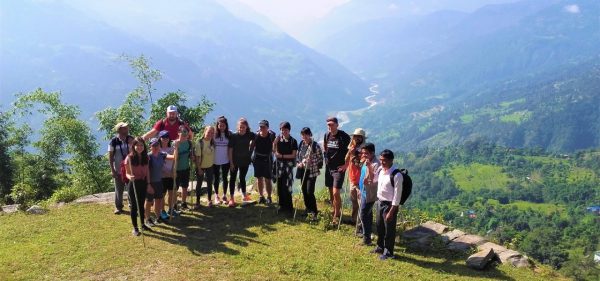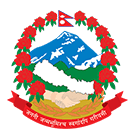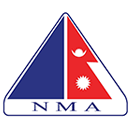Trip Facts
Trip Overview
Everest High Passes Trek: Cross Majestic Mountain Passes with Stunning Everest Views
Embark on the Everest High Passes Trek, a thrilling 22-day adventure through the breathtaking Khumbu region. Experience towering peaks, serene valleys, and the rich cultural heritage of the Himalayas. Your journey begins in the picturesque Khumbu Valley and takes you deep into Sagarmatha National Park, a UNESCO World Heritage Site.
This trek features two iconic high-altitude passes: Cho La Pass (5,420 m / 17,782 ft.) and Renjo La Pass (5,340 m / 17,520 ft.). Along the way, enjoy panoramic views of the world’s tallest mountains, including Mount Everest (8,848 m), Lhotse, Makalu, Cho Oyu, and Ama Dablam.
Highlights of the Everest High Passes Trek include famous landmarks like Kala Patthar, and Gokyo Lakes, offering unforgettable scenery. Cross thrilling suspension bridges over the roaring Dudh Koshi River and spend acclimatization days in key locations such as Namche Bazaar, Dingboche, and Gokyo Valley, perfect for adjusting to the altitude while soaking in Himalayan views.
Sunrise and sunset from vantage points like Kala Patthar and Gokyo Ri create a magical atmosphere. Along the route, experience the Sherpa culture, visiting monasteries, spinning prayer wheels, and walking past colorful prayer flags and Mani walls. Keep an eye out for rare wildlife, such as musk deer, Himalayan Tahr, snow cocks, and pheasants.
Why Choose the Everest High Passes Trek with Nepal Sanctuary Treks
With over 26 years of experience, Nepal Sanctuary Treks offers fully personalized Everest High Passes Trek itineraries. Our expert guides provide cultural insights and ensure safety throughout your journey. Small group sizes, top-notch accommodations, and sustainable practices make this trek both memorable and responsible.
As a Travelife Certified company, we are committed to sustainable tourism. Trekking with us supports local communities and helps minimize environmental impact, making your adventure both memorable and responsible.
Best Time to Trek Everest High Passes Trek
The ideal time for the Everest High Passes Trek are during spring (March to May) and autumn (October to December). These seasons offer perfect trekking conditions with clear skies, mild temperatures, and stunning views of the Himalayan peaks.
In spring, temperatures average around 17°C, with daytime highs of 25°C on sunny days. However, mornings and evenings above 4,000 meters can dip to -15°C.
In autumn, the average temperature is 15°C, with highs of 20°C on sunny days. At higher altitudes, temperatures can drop to -10°C in the mornings and evenings.
For the best Everest High Passes Trek experience, these seasons ensure optimal weather and spectacular views.
Physical Fitness for the Everest High Passes Trek
The Everest High Passes Trek is challenging and requires good endurance, strength, and mental resilience. Cardiovascular exercises, leg training, and hiking with a backpack are recommended. Yoga or Pilates can improve flexibility and reduce injury risk.
Customizable Everest High Passes Trek
This journey is more than crossing high passes; it’s an adventure through Nepal’s Himalayan culture and scenery. Each itinerary is tailored to your goals, fitness level, and interests. Enjoy tea houses, local villages, and personal experiences along the way.
Ready for your adventure? Contact Nepal Sanctuary Treks today to plan your customized Everest High Passes Trek.
Please note that this is a sample itinerary for the Everest High Passes Trek. We can tailor the program to your specific needs and preferences. For more details, contact our travel expert or email us at info@nepalsanctuarytreks.com.
Note: Below trekking hours, altitudes and distances are approximate, and absolutely for the general idea only.














